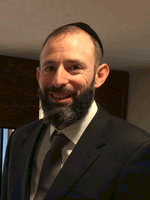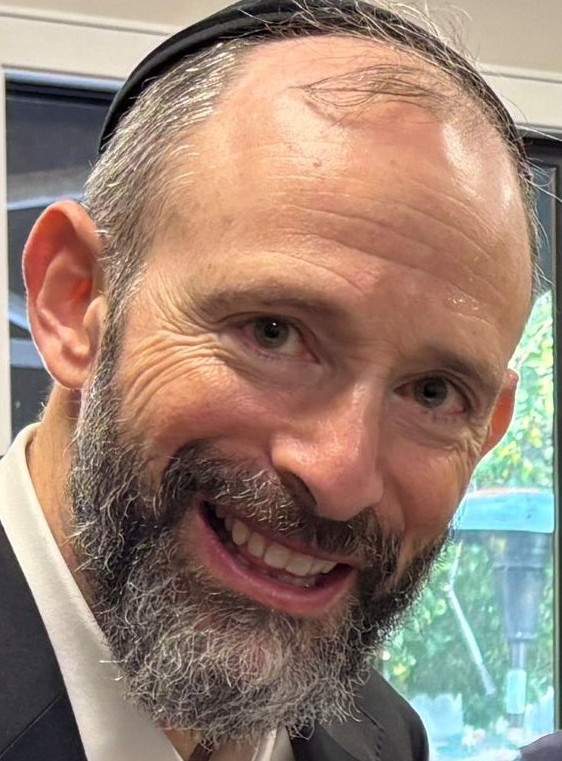Note: The following information is contained in the website http://www.circinfo.net/, and it has been copied with permission. This is not an exact copy of all the information found on the website http://www.circinfo.net/. For an exact text of the information contained in that site, please go onto the above mentioned site.
Circumcision is virtually universal in the Jewish and Muslim religions, having started with Abraham (Genesis 17: 11 ) who lived in 2000 BC. A 15th century Ottoman textbook describes the procedure in detail [184]. In the non-Muslim African countries of Cameroon and the Congo most men are circumcised. Similarly, in Kenya (mostly non-Muslim) all tribes except the Luo practice male circumcision.
In the late 19th century circumcision became routine as a result of pronouncements in publications by various physicians, most notably Remondino [8, 129, 290]. The procedure rapidly gained popularity and became routine. Although most of the claims in Victorian times were absurd, some have nevertheless stood the test of time, including prevention of penile cancer, syphilis, balanoposthitis and phimosis.
A trend not to circumcise started in the UK in 1948 when Britain adopted a nationalized healthcare system and removed procedures in which it considered cost exceeded benefit. Circumcision also dropped rapidly across Europe after a (misguided) paper by Gairdner in 1949. It was not until the early 1970s that a similar fall happened in Australia and Canada , in response to statements by the pediatric bodies in each country [18, 74]. Curiously, a similar statement by the American Academy of Paediatrics (AAP) Committee for the Newborn in 1971 that there are "no valid medical indications for circumcision" [73] had only a slight effect. In 1975 this was modified to "no absolute valid ..." [355], which remained in the 1983 statement, but in 1989 it changed significantly to "New evidence has suggested possible medical benefits" [10]. However, in the 1999 Statement [205] the AAP went backwards. Although the literature review in this was academically weak, this did, nevertheless, mention the vast array of benefits. Its major flaw was that it fell short of stating the obvious, if it had used a more balanced literature survey, in recommending circumcision. As mentioned above this is quite understandable, given medico-legal worries in the face of very hostile, politically active anti-circ groups. Interestingly, a joint response by the previous Chair of the AAP Taskforce and others more expert than those on the recent Taskforce rebutted the 1999 statement [318, 319]. Others also levelled valid criticisms [33, 196]. The various statements highlight the information that follows in the present much more comprehensive and better balanced web review. It is clear that providing a scientific and balanced statement by a pediatric body is difficult in the face of minority lobby groups whose agenda tends to be a political one rather than medical or scientific. This is not to detract from the clear scientific weaknesses in the 1999 AAP Statement and their pamphlet [33, 318].
Dr Edgar Schoen, Chairman of the 1989 Task Force on Circumcision of the American Academy of Pediatrics, has stated that the benefits of routine circumcision of newborns as a preventative health measure far exceed the risks of the procedure [312]. He has continued to this day to campaign for public education of the benefits of circumcision, publishing a very worthy book on the topic in 2005 [315]. During the period 1985-92 there was an increase in the frequency of post-newborn circumcision (to over 80% in one study [397]) and during that same time Schoen points out that the association of lack of circumcision and urinary tract infection (UTI) has moved from "suggestive" to "conclusive" [312]. Moreover, this period heralded the finding of associations with other infectious agents, including HIV. In fact he goes on to say that "Current newborn circumcision may be considered a preventative health measure analogous to immunization in that side effects and complications are immediate and usually minor, but benefits accrue for a lifetime" [312].
Some of the health benefits are:
- Decrease in physical problems involving a tight foreskin [253].
- Lower incidence of inflammation of the head of the penis [98, 101, 104].
- Reduced urinary tract infections.
- Fewer problems with erections, especially at puberty.
- Decrease in certain sexually transmitted infections (STIs) such as HIV, HPV, chlamydia, syphilis in the male and their partner(s).
- Almost complete elimination of invasive penile cancer.
- Decrease in urological problems generally. (Reviewed in [2, 8, 10, 19, 107, 198, 301, 310] to cite just a few. More details appear in specific sections to follow)
Therefore the benefits are different as the human male progresses through life. Each of these benefits will be reviewed in more detail in this website.








